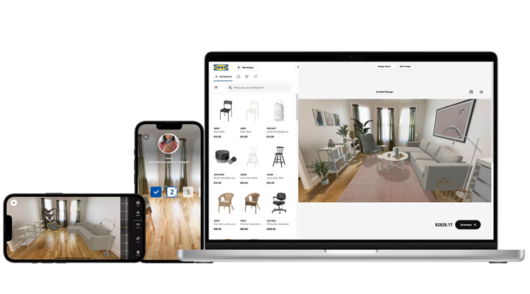A few of the guys within the office sport T-shirt’s with the slogan ‘Data is the new black’ across the front. It now forms part of their favourite ‘casual Friday’ outfit.
Why? Because as organisations begin to unlock the power of collecting and analysing information, data is becoming trendy. So they might not have great fashion sense, but hear me out for a sec.
Technology, digital innovations and new media channels allow retailers to interact with their customers with more personalised, relevant and engaging communications than ever before.
How? Well every interaction with a customer is an opportunity to learn a little more about them. And the data you collect about your customers increases the potential to build customer relationships and increase customer value. Once you have even a small collection of data, the opportunities to use it to drive new marketing initiatives (or even automate them) are endless.
Your local coffee shop is a very poignant, albeit rudimentary, example of the power of data in business.
The barista at your local coffee shop (if you go to a good one) knows what time you come in for your morning coffee, how many sugars you like, and might even know your name and talk to you briefly about your plans for the weekend. Every time you visit the same coffee shop you further solidify your relationship with that business. The barista knows a little more about you, you feel more like a friend than a customer, and the likelihood you will visit a competitor for your next coffee decreases.
Now imagine your barista’s brain operates like an automated computer; collecting, sorting and analysing his customers information. Your barista could be sending you an SMS the moment you don’t show up at your regular time, offer you toast with your coffee because you once told him you do it yourself when you get back to the office, or even make you a large coffee for only 20c more because he knows that you sometimes get an itch and come back in for a second coffee by mid morning.
The only complication a national retailer faces in maintaining a similar ‘personalised’ relationship with their customers as the coffee shop does, is sheer numbers.
Digital technology such as the internet, eCommerce, email and loyalty clubs however, mean that larger retailers are overcoming these challenges. Smart retailers are using every online visit, web purchase, email and instore purchase (every customer interaction digitally linked to a single customer) to bank a little more information about their customers to enable more relevant, personalised and engaging conversations.
So powerful is data driven relevance and personalisation, that there have been many attempts over the last little while in particular to measure its exact value. However, depending on the channel, the level of personalisation and of course a host of other standard marketing variables, the returns on an investment in customer data acquisition will vary. One thing is for sure though – collecting data and personalising customer communication increases effectiveness and return on investment in any channel exponentially.
At Salmat, we’ve done some analysis on the 400 million emails and 40 million SMS we send every year to determine the success of our clients data driven marketing. Email campaigns that use sign-up information and behavioural data to achieve a more personalised feel accomplished open-rates and click-thru results anywhere from 150 per cent to 300 per cent greater than non-segmented emails. SMS told a similar story, with segmented campaigns attracting less than half the unsubscribes than non-segmented campaigns. These results show the power of getting it right even at the most fundamental of levels.
The true value of collecting customer data however, is in the insights that lie beneath the surface. As we’ve explored above, data helps drive the effectiveness of existing initiatives. Most excitingly though, data also has the potential to determine brand new marketing initiatives that may not have been obvious without a quality analysis.
There are often hidden gems in a customer’s transactional patterns (or lack thereof). A specific pattern of behaviour can often indicate that the customer will conduct themselves in a specific way in future.
Transactional insights that might represent a fantastic marketing opportunity for example, are a customer who starts to purchase nappies for the first time, a customer that swaps their regular purchase of potato chips for protein shakes, or a customer that snaps up five of the latest fashion items at the very beginning of each season.
As technology advances even further, and more communication between retailers and their customers involves some form of digital link, the collection and analysis of data is only going to get cooler. Many businesses will jump onboard in 2011 however…
So I’m guessing the ‘data shirts’ won’t be trendy for very long.





